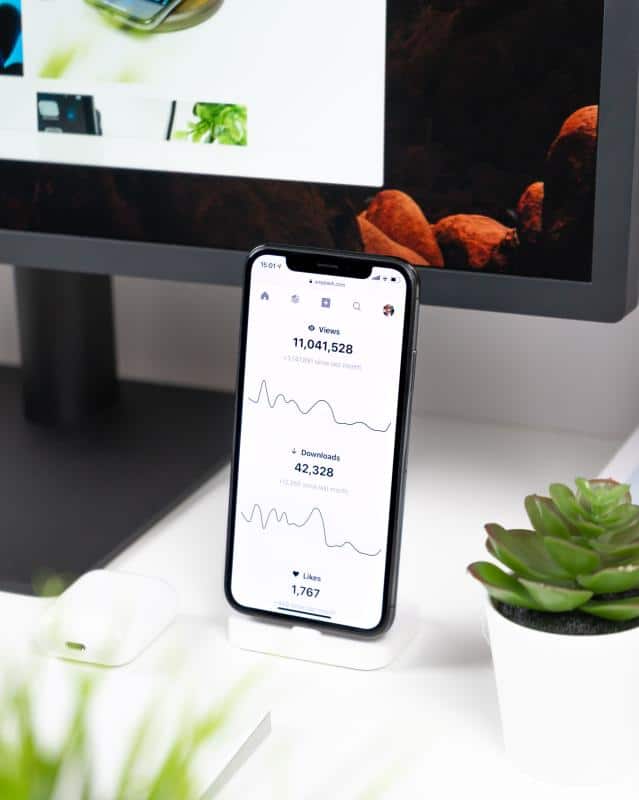
This article will help you understand how to assess change readiness in an organisation. This is important information if you manage organisational change.
Change readiness has been on my horizon for almost 20 years. It was the topic of my PhD research and for the past decade it has been the focus of my business. Therefore, in this article I want to help you understand what change readiness is and how to assess it.
Organisational Change Readiness
In reading this article, I assume your interest lies in organisational change readiness, not personal change readiness. I will focus my remarks on the organisational context.
Before we go any further, I want to say that change readiness matters. Organisational change is difficult and risky enough already, so you don’t need to make it any harder by bringing low levels of change readiness.
Definition
We should define change readiness before looking at how to assess it. If you asked people what change readiness is, they would probably say something like, “Change readiness is about being ready for change”, or, “It’s about being adequately prepared for change”, or, “Change readiness is about having everyone on the same page and ready to begin”.
Are these bad answers? Not really – change readiness is about all those things, but it is also about lots of other things. The risk is that these answers can lead to wrong conclusions. Not because the answers are wrong, but because they provide a map that has too many missing bits to be useful.
A Change Readiness Map
So, how do you get a change readiness map that really does help you? You need to ask these 3 questions:
- How adaptable and change fit are the people who are going to be most affected by the change, and those who have most influence over it (especially the leaders)?
- Are the people who will be most affected by the change invested and supportive of it?
- How ready is the change management team to provide leadership informed by evidence-based best practice?
These 3 questions get to the heart of organisational change readiness. There is little readiness for change if people who must change are not change fit or adaptable and if they don’t understand or support the change. Nor is the organisation ready if the change management team doesn’t understand how to manage change in a scientific way.
Getting to the Truth
The challenge is to get people to tell the truth about these 3 questions. Nobody wants to admit they lack change fitness or are not adaptable – they don’t want to see themselves a weak link in the chain. Not many will admit to the boss they don’t really support the change, or even understand it. And no self-respecting manager will admit they don’t know how to manage change. So, simply asking people these 3 questions often produces unreliable data.
The Change Gym has developed a methodology to collect reliable data. So we can produce an accurate map of an organisation’s change readiness. If you would like to learn more about how we do this, I invite you to reach out to us.
Assuming you do collect reliable data around these 3 questions, how can you use this information to reduce risk and deliver better outcomes? There are 4 things you can do, and indeed should do.
Four Things to Do
First, the change management team should respond to the areas of change readiness strength and weakness. In other words, knowing your change readiness profile should make a difference to how managers approach the change. There are 2 ways to do this. Change readiness strengths should be cherry-picked and utilised strategically in change plans and implementation strategies. If you know of a strength that will help you succeed, use it to best advantage. Alternatively, change readiness weaknesses pose risks that need to be managed. Managers will need to do something to mitigate the threat these risks pose. There’s value in knowing them – but only if you do something about them.
Second, where the level of support for the change is low, managers need to work harder at their communication and the messages they are sending. There are 5 reasons why people don’t support change – we won’t go into them now – and communication should focus around these 5 issues. It’s no use blaming people for resisting if managers have done a poor job crafting the right messages.
Third, if the people most affected by the change are not very adaptable (they find change hard and stressful), managers should act decisively to improve levels of change fitness. There are specially developed coaching programs provided by The Change Gym that will do this. It takes around 3 months to see a significant improvement in change fitness, and this investment in people leads directly to dividends in terms of outcomes.
Fourth, change readiness should be monitored during the implementation process. Change readiness is not about being ready to begin the change; it’s readiness to succeed at the change. It has more to do with how things turn out than how things start.
Further Help
I hope these few suggestions help you understand what’s involved in organisational change readiness. It’s not easy to come up with valid and reliable tools to assess change readiness. However, if you understand the importance of getting reliable data, The Change Gym can help you assess your change readiness. We can also help you with training around change readiness and change leadership, change management strategies, and change fitness coaching.
Reach out about a change readiness assessment before embarking on your next change project. You want to stack the odds in your favour and you need reliable data about your team. Contact either me (steve@thechangegym.com) or Therese Wales (therese.wales@thechangegym.com) for an obligation-free appointment to discuss your needs.
Dr Steve Barlow, CCFP
Certified Change Fitness Coach
Organisational Change Readiness Consultant